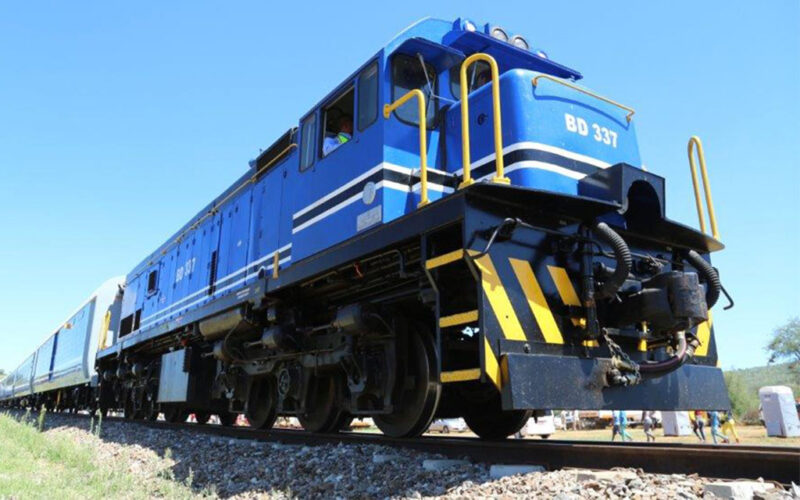Niël Terblanché
Namibia’s national railway operator, TransNamib, has accessed N$2.6 billion in funding from the Development Bank of Namibia (DBN) and the Development Bank of Southern Africa (DBSA).
This financial boost will be used to address the company’s long-standing locomotive shortage and enhance its operational capacity.
Chief Executive Officer, Desmond Van Jaarsveld, announced that the loan will be dedicated to increasing locomotive capacity, remanufacturing and acquiring new rolling stock, modernising the TransNamib workshop, and upgrading signaling equipment.
“For years, we have been transparent about the challenges posed by our outdated equipment. This loan will not only enable us to increase our capacity but also address safety concerns related to our aged equipment,” Van Jaarsveld said.
He added that the procurement of new locomotives is expected to commence soon, with a lead time of approximately 24 months.
TransNamib has been grappling with a significant locomotive shortage for years, with only 25 operational locomotives out of a required 75, relying heavily on older GE U20 and U20C1 models left from the South African mandate era.
This shortage has severely impacted TransNamib’s ability to maintain a robust rail service, leading to reduced traffic and revenue losses.
Van Jaarsveld indicated that the newly acquired funding will support the remanufacturing of 30 locomotives and the acquisition of 10 new ones, improving the fleet’s reliability and safety.
He said that the state-owned company also plans to modernise its workshop and upgrade its signalling systems to meet Southern African Development Community (SADC) standards, which will enhance operational efficiency and safety.
This investment comes at a crucial time as Namibia prioritises the upgrading of its railway infrastructure.
Van Jaarsveld indicated that the Ministry of Works and Transport is set to begin constructing a new railway line to replace the old line between Kranzberg and Otjiwarongo later this year, with a follow-up phase extending to Tsumeb.
“This project, alongside the new signalling system, aims to boost capacity and safety on busy routes leading to Namibia’s ports,” he said.
Van Jaarsveld anticipates that the modernization of TransNamib’s fleet and infrastructure will significantly boost Namibia’s economic growth by enhancing the flow of goods and services throughout the nation.
The enhanced rail network will facilitate better connectivity between Namibia and its neighbouring countries, particularly Angola, fostering regional trade and development.
Van Jaarsveld expressed optimism about the transformative potential of the funding from the two development banks.
“We are now positioned to effect real change. This major investment in rail infrastructure underscores the critical role that rail plays in the Namibian economy. TransNamib is committed to contributing meaningfully to the nation’s economic growth,” he said.




